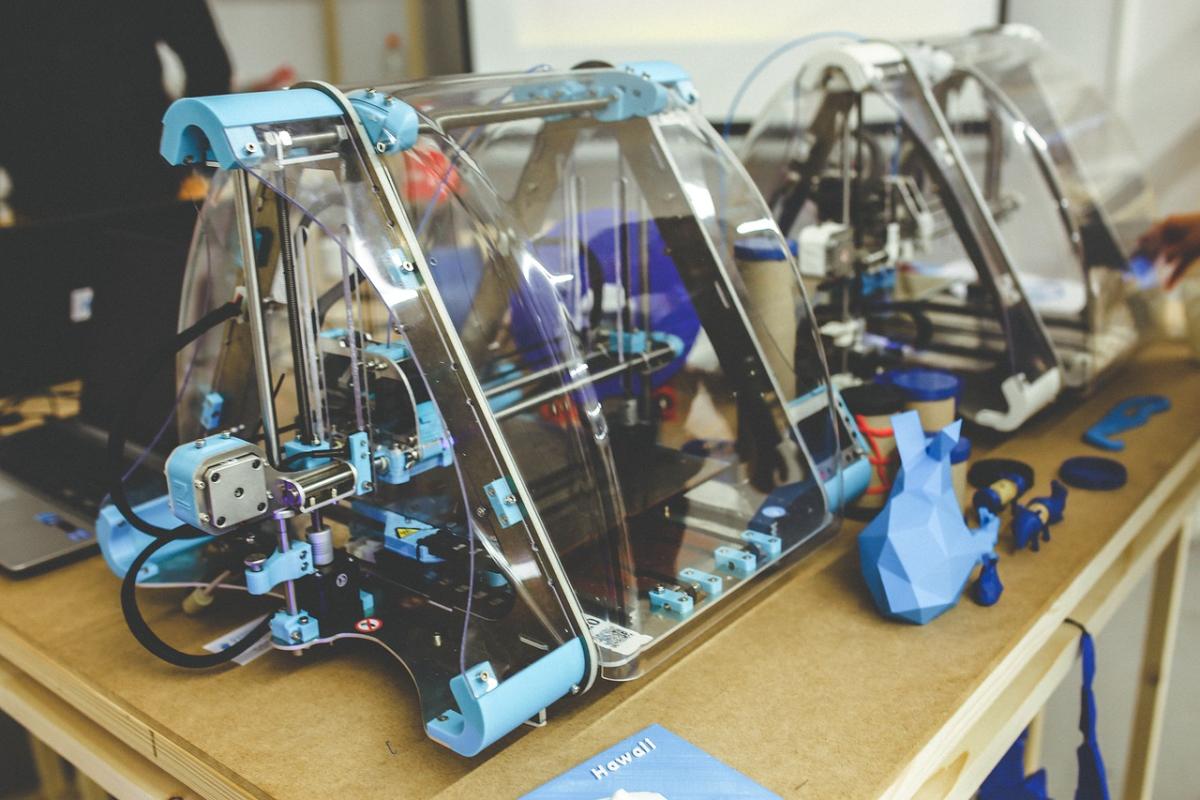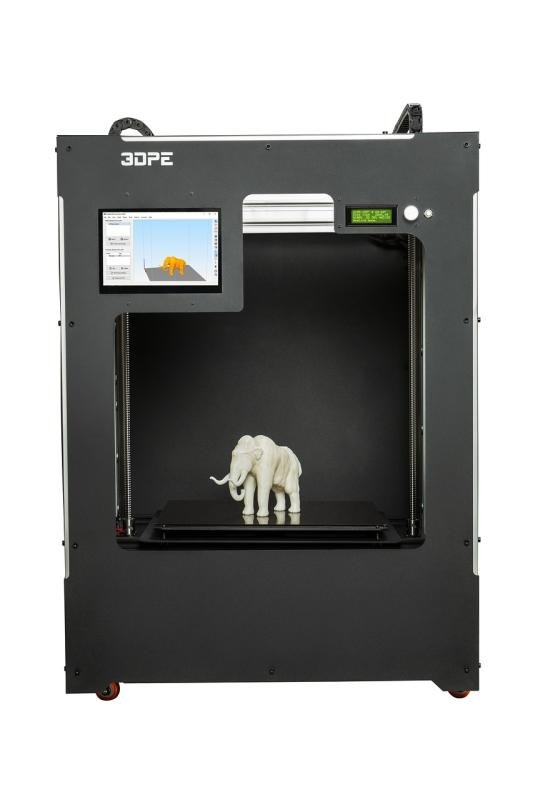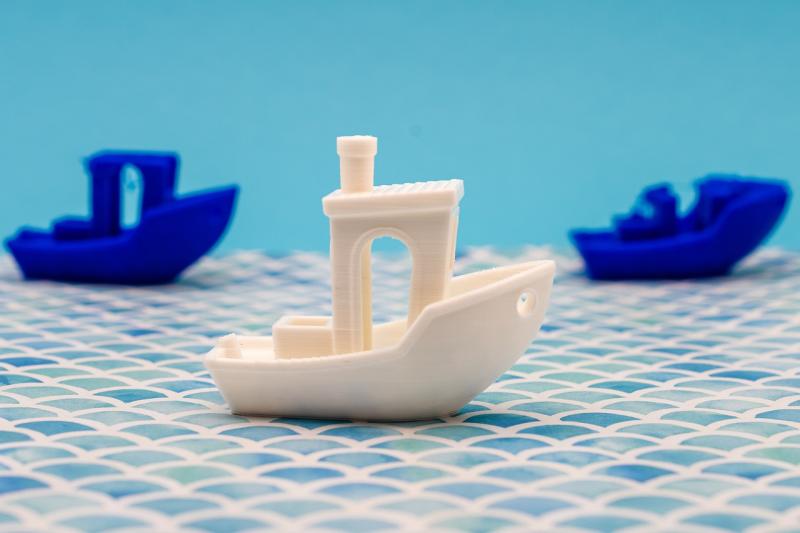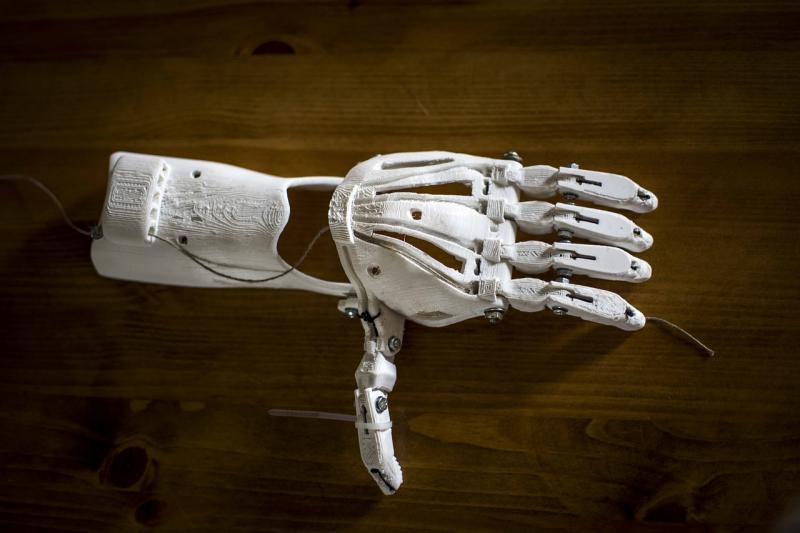When you dive into the world of 3D printing, you'll notice that resin types can really affect your projects. Let's break down the most common standard resin types and what makes each of them unique.
Standard Resins: These are great for beginners. They produce clear and smooth prints, making them perfect for detailed models. If you’re working on something like miniatures or prototypes that need precision, this is your go-to option. They’re easy to work with and usually compatible with most printers.
Flexible Resins: If you need your creations to bend and move, flexible resins are the way to go. They have a rubber-like quality that’s great for items like phone cases or wearables. Just keep in mind, they aren’t the best for super fine details, so choose wisely based on your project.
High-Temperature Resins: Planning to make something that needs to withstand heat? High-temperature resins are perfect for that. They maintain strength and structure even in higher temperatures, making them ideal for parts used in engineering or automotive applications.
Castable Resins: If you’re into jewelry making or need to create complex molds, castable resins are a lifesaver. They burn out cleanly in the casting process, which means you get a smooth finish without any residues left behind. This type saves you a lot of hassle when moving from digital design to physical product.
Benefits of Using Tough Resin
Tough resin is a game-changer for anyone into 3D printing. If you’re looking for something that stands up to wear and tear, tough resin is your best buddy. It’s super strong, so your prints won’t just shatter at the first drop. Imagine creating something awesome, only to watch it break apart—that’s a nightmare! With tough resin, that worry is mostly behind you.
Another cool thing about tough resin is its flexibility. This material doesn’t just offer strength, it bends just a bit without snapping. This means you can create detailed prints that are sturdy yet a little springy. Whether you're making phone cases, prototypes, or even miniatures, tough resin allows for a bit of give, ensuring your creations last longer.
The finish you get with tough resin is also something to talk about. Your prints will come out looking sleek and smooth, perfect for showcasing your work. Plus, tough resin captures those fine details like a champ. So if you’re into intricate designs, you’ll love how well it performs. It really brings your ideas to life in a way that's visually satisfying.
Lastly, using tough resin isn’t a hassle. Many printers are compatible with it, making it an easy switch. It’s user-friendly, so whether you’re a seasoned pro or just starting out, you won’t face any major hurdles. In short, tough resin is not just a solid choice; it’s one that enhances your overall printing experience.
Fast Printing with Castable Resin
One of the biggest perks of castable resin is its quick curing time. You can go from design to a finished piece in a fraction of the time compared to other materials. This speed helps you iterate faster on designs and brings your ideas to life without lengthy delays.
Castable resin also captures fine details superbly. If you're making intricate jewelry pieces, this quality is crucial. You can create models with patterns and textures that look stunning once cast. Plus, the smooth finish it provides means less post-processing, saving you even more time.
When printing with castable resin, make sure you have a printer that supports it. Look for settings that allow for optimal layer exposure times; this helps in achieving the best results. A few popular printers on the market are designed specifically for this type of resin, ensuring you get the results you want without hassle.
Overall, if speed and precision are what you need, fast printing with castable resin checks all the boxes. It’s the perfect option for those ready to scale their projects and achieve professional results quickly!
Choosing the Right Flexible Resin
Picking the right flexible resin can feel a bit overwhelming, but don’t worry! It’s all about knowing what you need for your specific project. Flexible resins are fantastic if you want prints that bend and stretch, like phone cases or toys. They’re not just soft; they also offer decent durability.
First, check the flexibility level. Some resins offer a mild bend, which is great for low-stress applications. Others can stretch quite a bit, making them perfect for parts that need to flex often. Look for terms like “shore hardness” to gauge how soft or firm a resin is. Generally, lower numbers mean softer material, while higher numbers indicate more stiffness.
Don’t forget about the curing time. Some flexible resins cure really quickly, while others take a bit longer. If you’re in a hurry, opt for something with a faster curing time. But remember, faster doesn't always mean better. Some slower-cure resins might give you more detail and strength in your prints.
Finally, think about color and overall finish. Flexible resins come in various colors and finishes, so choose one that fits your style. Some even allow for mixing with pigments to create custom shades. Make sure to pick a resin that aligns with what you're trying to achieve. Happy printing!



